Inflation, Bread, and Interest
The cost of living crisis
In more recent times, we have been hearing this phrase being thrown about, yet we do not fully understand the intricacies of the issue. Simply, it boils down to unprecedented inflation rates. But what is inflation, and why has it suddenly become the media’s obsession? Why are the prices of our necessities increasing, and why does this mean that interest rates have subsequently risen for the sixth consecutive time since December 2021?
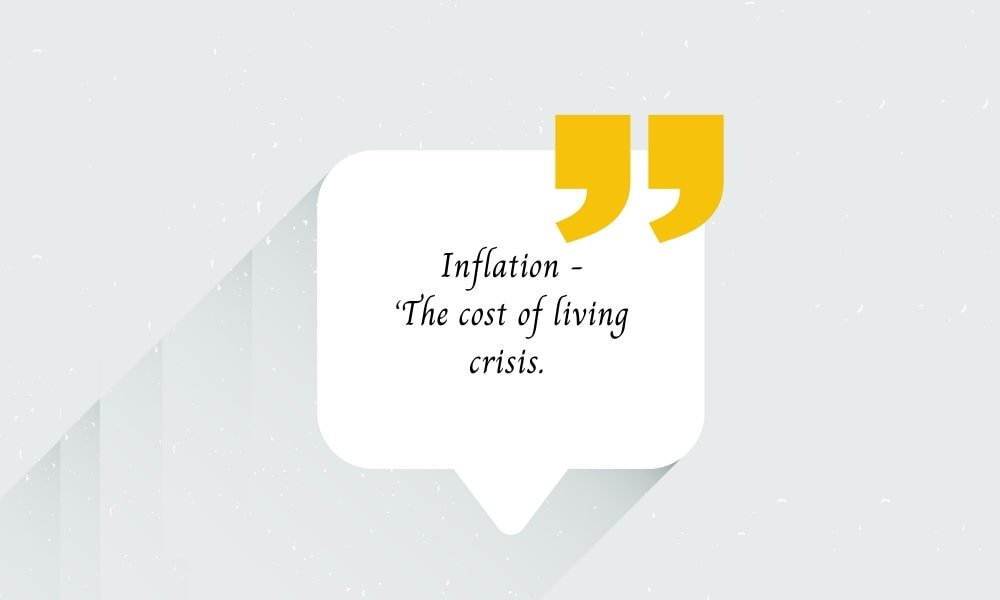
Inflation is the general increase in prices within an economy over a given period of time and the government targets a rate of around 2%. Considering that the current inflation rate is 10.1% (18/08/22), we begin to slowly understand why there is such a panicked commotion revolving around this issue in the first place. Inflation fluctuates monthly, contingent on the general levels of supply and demand in our economy. Fundamentally, when aggregate supply falls and/or aggregate demand rises, inflation increases.
British Exit
The initial spike of inflation stemmed from the 2016 EU referendum and Brexit in general, which raised uncertainty both domestically and internationally. The expected openness to investment and trade with the EU fell in response, which decreased demand for the pound- depreciating its value by approximately 10% immediately after the referendum. One of the consequences of this depreciation concerns the activity of imports and exports within the UK. Essentially, the pound would buy less abroad, implying that imports would become dearer. For example, it would be more expensive for the US to export their produce to the UK.
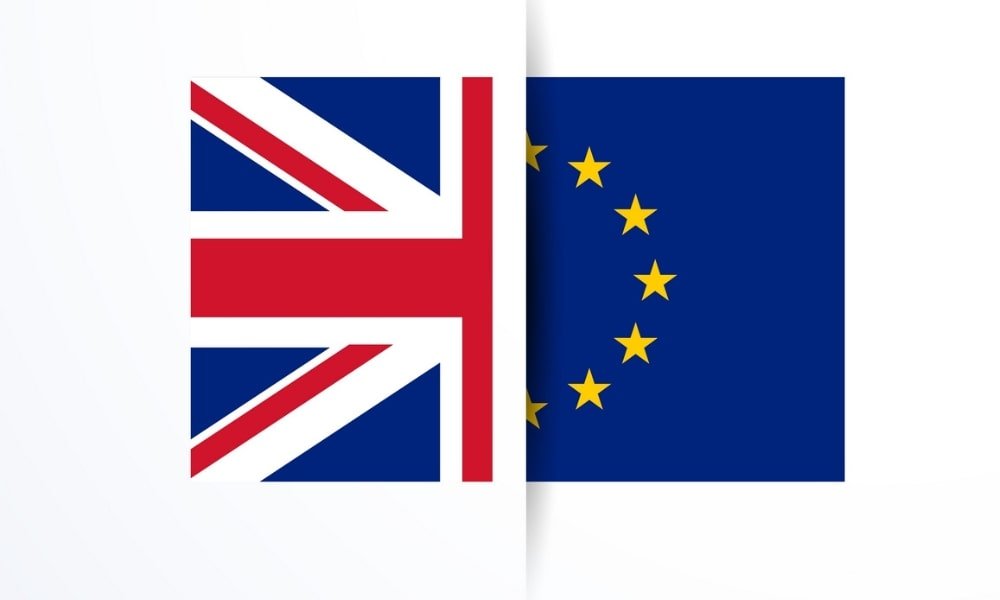
This practically disincentivised some of the UK’s main European trading partners from exporting large volumes of goods and services to the UK because it would have been more expensive for them to do so. This had especially disrupted previously regulated food imports which can now be witnessed through the recent 6% increase in food prices, according to a report by LSE. Everyone needs food, and if everyone continues to spend 6% more on food while their wages stay the same or even decrease in some cases, the purchasing power of money will continue to erode. As a result, inflation will continue to rise.
With the increasing trade barriers of Brexit continuing to disrupt major supply chains, not only in food but: agriculture, clothing and pharmaceuticals- the aggregate level of supply in the economy will fall as a result. So, inflation will rise; businesses need to be able to facilitate their rising costs of production and will therefore pass that onto us (as consumers) in the form of these higher prices- otherwise now known more commonly as inflation. The consequence of Brexit in contributing to rising inflation rates is not to say that it is the sole cause of the cost of living crisis today. It’s cumulative impact over the years is what will make this ‘issue’ considerably harder to solve than any other place in the world.
Covid Consumption
Now let’s talk about the most significant demand side issue that has fed into this ‘40-year high’ abnormality. COVID-19. The pandemic. Lockdown. This was a period of pure economic, social and mental dismay. It only took 2 quarters for household spending to plummet by 22.2% according to the ONS. This meant that households would have reduced their spending by an average of £127.50 a week during these troubled times. One of the main reasons for this was that some individuals were given the licence to work from home. Therefore, higher income households, who tended to spend more on travel pre-pandemic, saw a more proportionate reduction in spending compared to lower income households. This is because these higher income households consisted of workers who were actually able to work from home. However, this did not necessarily mean that the reduction in spending was only because of remote work.
Unfortunately, a lot of households were just unable to spend as much due to falling household incomes. Around a third of these workers saw their household income fall in the financial year ending 2021, rising to 42%- for the 20% on the lowest incomes. And these were the individuals who were both more likely to be furloughed and less likely to be able to work from home. Now, you may be thinking: how does all this link to inflation and subsequently our current cost of living crisis? Well, as you may be able to recall from earlier on in this article, I had mentioned that inflation rises both when aggregate supply decreases and aggregate demand increases. Consumption is a clear indicator of the economies’ aggregate demand, accounting for about 60% of the figure.
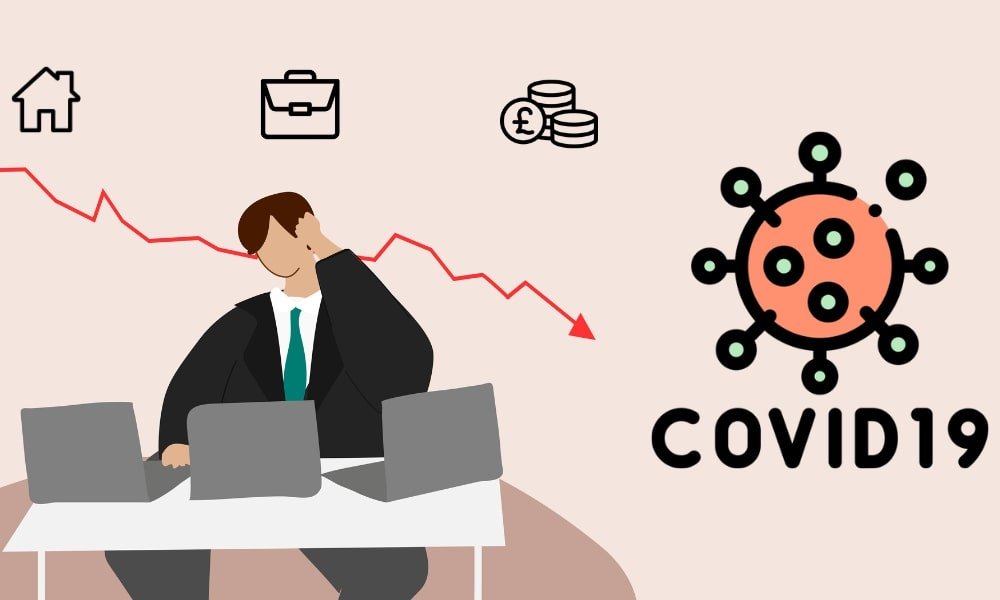
So, why does inflation rise if consumption was so low during COVID? This is exactly my point: it was the reactionary levels of spending post-Covid that is now piling on the inflationary pressures that we are suffering the worst of today. As soon as restrictions were fully lifted, the level of social expenditure accelerated. Leading the surge in increased consumption was where consumers flocked back to their favourite pubs, went out to engage in their favourite sporting events and a lot of people had returned to their costly gym subscriptions. People were making up for lost time and now had the means to do so. As consumption began to recover, demand began to rise correspondingly. Us as consumers were oozing with a sense of economic optimism; we became more confident in our expenditure. We were both more willing and able to purchase goods and services that the rational firm would reap the benefits of. We would see firms increase their prices in response, to maximise their profitability during these short-lived, prosperous times. Everything was slowly becoming more expensive.
Oil and bread
Now, despite both of the previous points mentioned about Brexit and Covid there is a much more prevalent issue that has almost single-handedly guided our economy into economic despair. Its impacts have been so detrimental, leading economists have warned us in panic, that we are prophesised a recession. The Russia-Ukraine war. Russia, an economic powerhouse being the world’s 3rd largest oil producer, accounting for over 12% of global crude oil production and one of our main trading partners. However, instigating violence, Russia were bound to suffer plentiful sanctions by Western entities, restricting trade of primarily: oil and gas. The UK specifically, have placed sanctions amounting to £1.7 bn worth of trade with Russia in attempts to further weaken Putin’s war incentives. Limiting the supply of Russian oil is to decrease the supply of oil globally. Oil is nothing short of a necessity in today’s day and age.
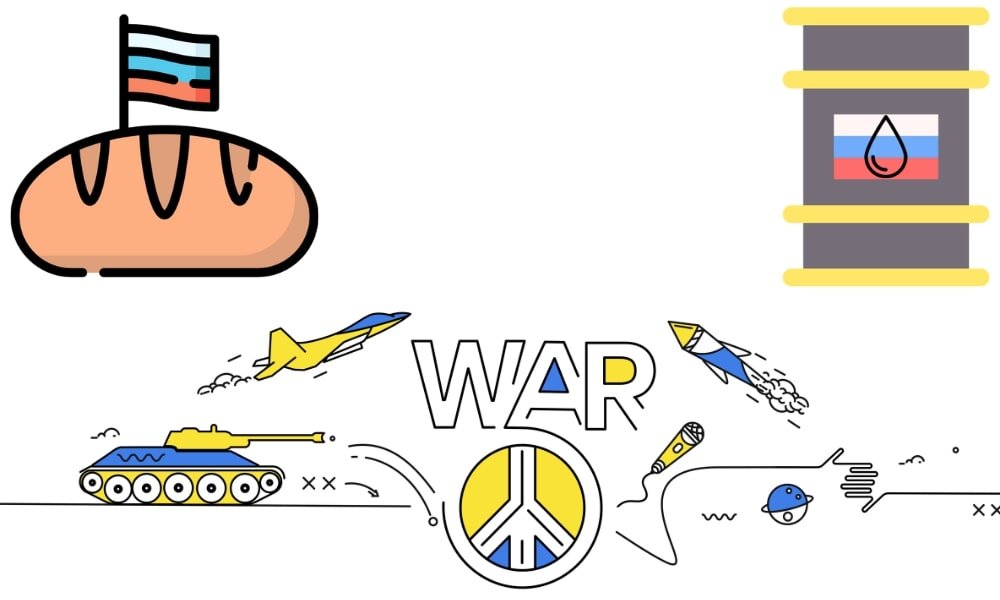
We need cars to operate and machinery to function. All components of running a business, powering the flow of an economy, rely consequentially on their being suitable quantities of oil for businesses to thrive off. Fundamentally, with the supply of many important Russian commodities now being restricted, the cost of oil, gas and energy will continue to rise. The fundamental components and materials used to run a business become considerably more expensive to operate and firms will therefore find it necessary to filter the costs to us- yet again. Our utility bills become costlier and we will feel the increasing inflationary pressures begin to tighten our pockets- a cost of living crisis. However, focussing a lot on Russia, we begin to underestimate the economic significance of Ukraine with the rest of the world. 40% of the World Food Program’s wheat supplies come from Ukraine, with Ukraine’s ministry of agriculture highlighting that approximately 22 million tonnes of grain were stranded there- because of the Russian restraints and blockages. That is the same grain that we use to make bread and the same grain that has caused the price of white bread in the UK to rise by 8.5% in the 6 months prior to May 2022, because of its shortage. It is the same grain that has driven up many farmers’ costs of production and as a result, driven prices up for consumers- effectively contributing to the torment of rising inflation and a hinted world food crisis.
Why raise interest rates?
What is the government doing to mitigate and attempt to get this spiralling inflation under control? The most we can say right now is simply, that they are trying. The monetary policy committee (MPC) meet 8 times a year to discuss policies to assist in stabilising the UK economy. In these meetings, the nine members of the MPC, including governor Andrew Bailey, vote on what monetary policy action to take, given the current economic climate. More relevantly, they have tried to increase interest rates as a device to try and tame the impacts of this threatening inflation rate. On the 4th of August 2022 the Bank of England (BoE) raised the base rate by 0.5 percentage points from 1.25-1.75%. This is an example of the MPC implementing contractionary measures to try and reduce inflation. Essentially, to break it down, interest is defined as the cost of borrowing and the reward of saving.
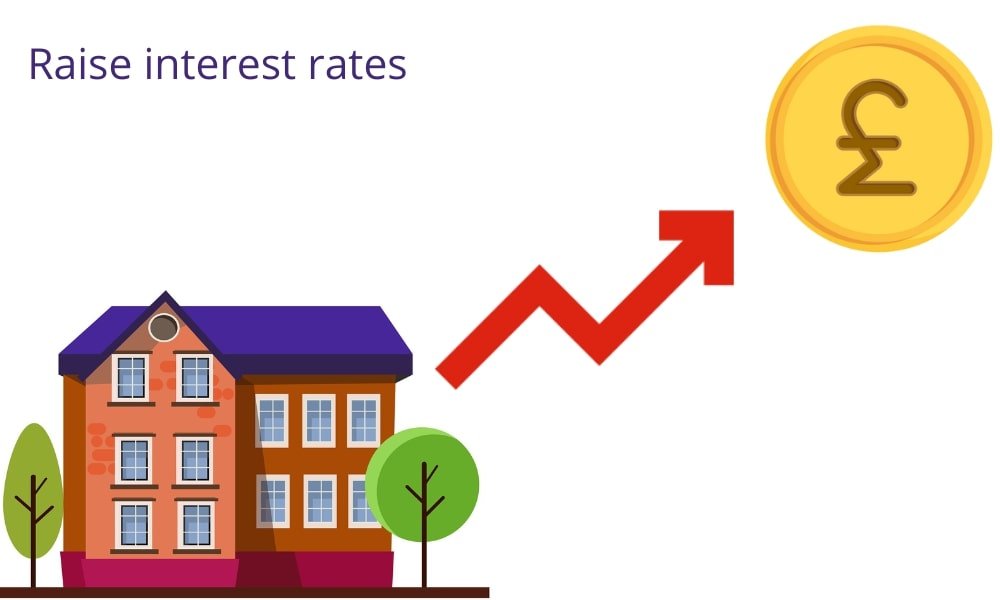
Therefore, by increasing the base rate a transmission mechanism begins to function where market interest rates will also begin to increase. As a result, the cost of borrowing on loans begin to increase and the reward of saving would also increase correspondingly. Now logically, it would therefore make more sense for consumers to save rather than spend as the return on the capital they borrow (the marginal efficiency of their capital) decreases, as more has to be paid back on their loans. Effectively, borrowing and spending money is less attractive, reducing total expenditure in the economy, which may help to bring down inflation. However, the impacts of interest rates take 12-18 months to fully transmit into the economy. So we can now only be hopeful that the magnitude by which the MPC will continue to increase interest rates, will be enough to bring down inflation to a sustainable level. In theory it should, but as a matter of practicality, it’s something we can only anticipate to see unfold.
What does the change in the base rate mean for your mortgage?
- A fixed-rate mortgage won’t be affected until this comes to an end. (To learn more about fixed-rate mortgages, go to: Mortgages🡪 Fixed rate mortgages)
- A tracker-rate mortgage will be affected as a tracker mortgage is linked directly to the Bank of England base rate. (To learn more about tracker-rate mortgages, go to: Mortgages🡪 Tracker Mortgages)
A variable-rate mortgage will be impacted as soon as there are signs that the base rate will change. )

